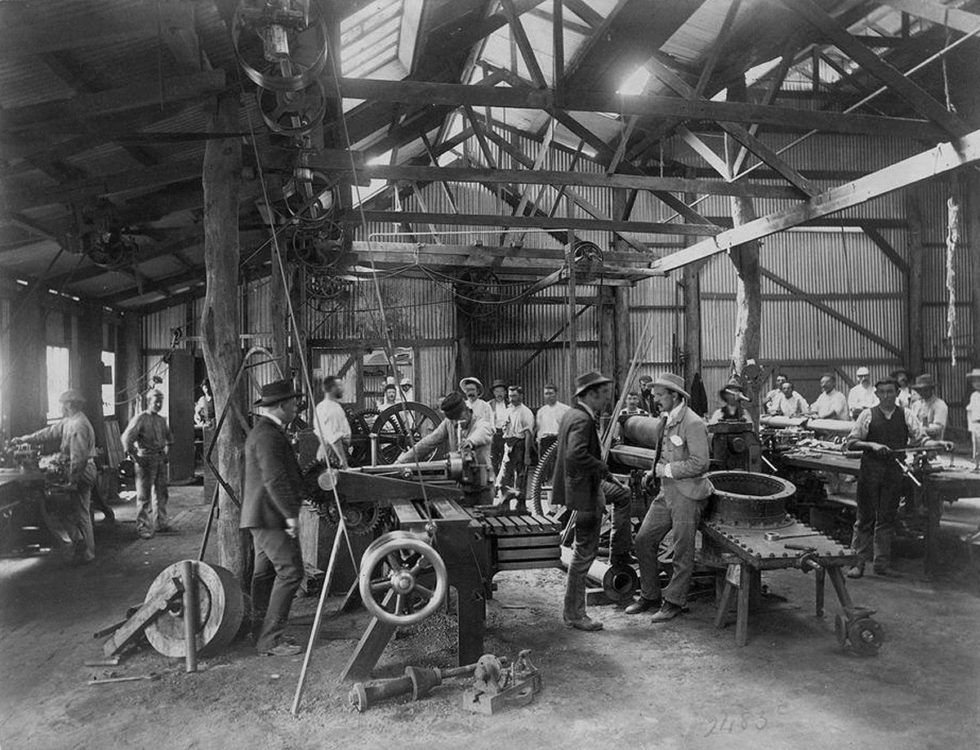History Of The Chaffey Trail
In 1847, the Jamieson brothers were granted a licence to take up land for pastoral use.
In 1858, this site was officially named Mildura.
George and William Benjamin (WB) Chaffey were developing an irrigation settlement in Ontario, California when they heard of Victorian Cabinet Minister Alfred Deakin’s visit to the region. Deakin was appointed by the Victorian Parliament to visit America on a fact-finding mission.
The Chaffeys’ model irrigation settlement impressed Deakin, who in turn impressed them with the potential for irrigation from the Murray River in Australia.
The Chaffey brothers subsequently came to Australia, and in 1887 purchased the then defunct pastoral lease and created the Mildura Irrigation Colony. The indenture was signed on 31 May 1887 between the State Government and the Chaffey brothers.
The Chaffey’s adapted the town plan of Ontario to the present site of Mildura with numbered streets and named avenues. George developed a series of steam-driven pumps to lift water from the Murray River, first into King’s Billabong, then subsequently using two more lifts and a series of channels to irrigate up to 33,000 acres.
The Chaffey brothers wanted to make Mildura a vibrant community. Their plans included many visionary concepts and an agricultural college was needed.
To finance this college, 15 properties were designated as college lease land, providing funding for schools. Prominent locations were made available for churches and facilities for clubs were encouraged.
Parks and town transport were considered – together this gave the region a picturesque centre plantation of Deakin Avenue. Residents and visitors alike can now trace the development of Mildura through the Chaffey Trail.


















